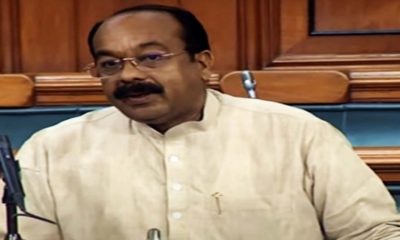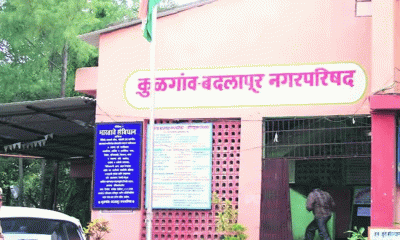Politics
BJP set to win 8 of 11 Rajya Sabha seats from Uttar Pradesh
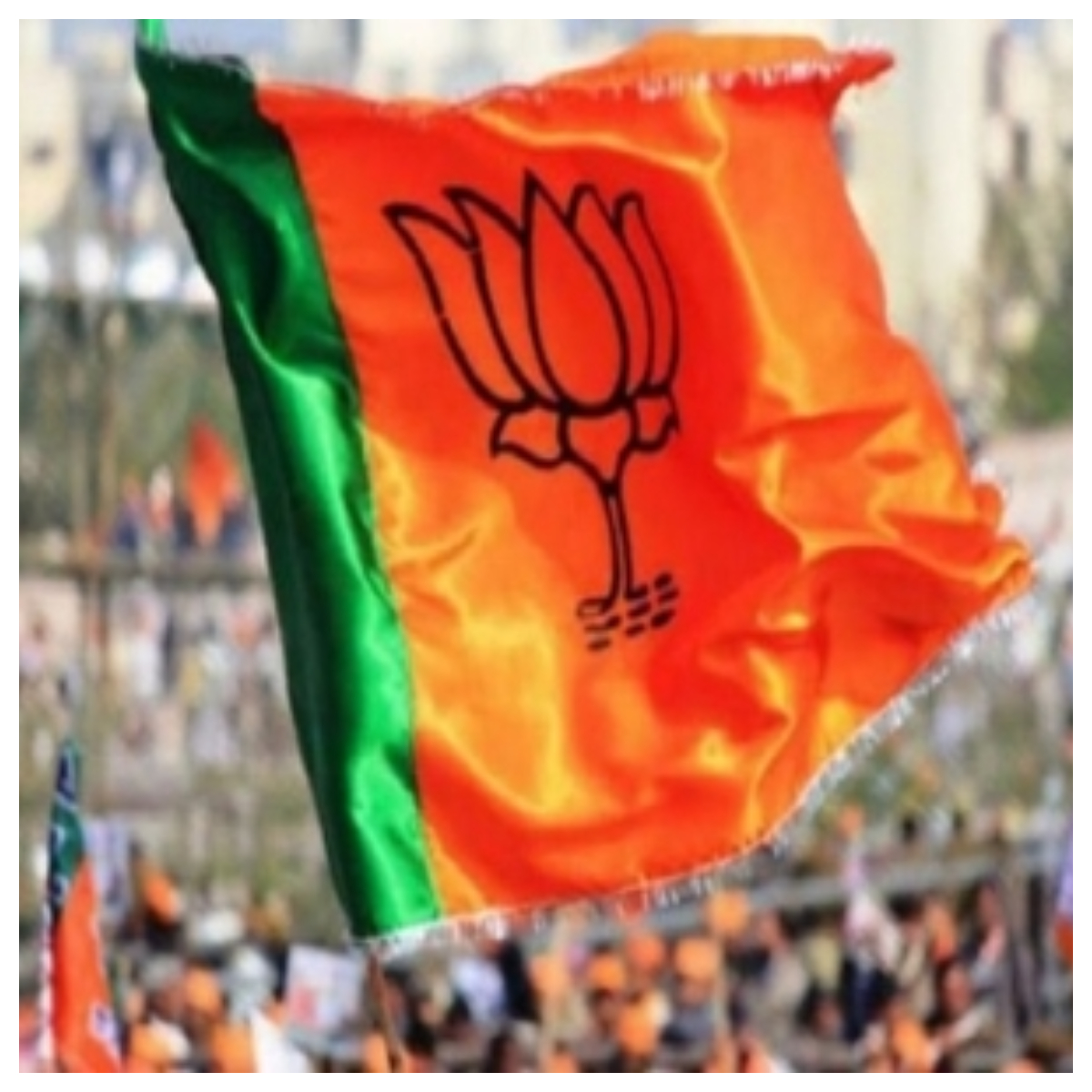
With the Election Commission announcing the notification for the 57 seats of Rajya Sabha (RS) biennial elections slated to be held on June 10, the spotlight has turned to Uttar Pradesh which will be sending 11 members to the Upper House.
However, unlike previous Rajya Sabha elections, this time the contest is restricted to the ruling BJP and the opposition SP, while the Congress and Bahujan Samaj Party have been relegated to non-players because of their miniscule presence in the state Assembly.
Of the total 403 MLAs in the state Assembly, BJP and its alliance partners, including Apna Dal (S) and Nishad Party, have 273 in Vidhan Sabha.
The SP, along with alliance partners like Rashtriya Lok Dal and Om Prakash Rajbhar-led Suheldev Bhartiya Samaj Party (SBSP), has 125 seats.
Besides, the Congress has two seats, Raja Bhaiyya-led Jansatta Dal (Loktantrik) two and the Bahujan Samaj Party has one seat.
As per the numbers, the BJP is in a position to win at least eight RS seats, while the SP would stake claim to at least three seats.
For both BJP and SP camp, there are five floating votes of BSP, Jansatta Dal and Congress.
Of these, the BSP and Jansatta Dal are likely to go with BJP.
A candidate will need 37.63 votes for one seat. This means the BJP will require 298.64 votes to win eight seats, around 26 additional votes as it has 273 votes.
So, the second preference vote will also come into play.
Similarly, the SP will require 111. 99 votes for three seats which means that the party can get three seats without much support from alliance partners.
However, this will depend much on how disgruntled SP MLAs like Shivpal Yadav, Azam Khan and his son Abdullah Azam Khan will vote.
Sources said that Azam Khan might ask for his wife Tanzeem Fatima’s seat in Rajya Sabha to put pressure on Akhilesh Yadav.
According to political observers, as these MLAs have strained ties with SP chief Akhilesh Yadav.
Meanwhile, cross-voting in RS cannot be ruled out because the voting in RS poll is a closed one, while for council seats, it is open. The voters need to show their vote before casting it in the council elections.
Sources said that the SP alliance partners, especially RLD’s Jayant Chaudhary, might also put pressure on Akhilesh and demand at least one RS seat.
Similarly, Om Prakash Rajbhar’s move would also be closely watched especially after reports of his hobnobbing with BJP leaders post assembly elections results.
Some of the big names in politics who are retiring form Rajya Sabha include BJP’s Shiv Pratap Shukla, Hari Om Yadav, Surendra Singh Nagar, Sanjay Seth, Jai Prakash Nishad and Zafar Islam.
SP’s Vishambhar Prasad Nishad, Sukhram Singh Yadav and Reoti Raman Singh are also retiring from RS.
BSP’s Satish Mishra is among those who are retiring and all eyes are on how he manages to re-enter the upper house.
Maharashtra
Mumbai Weather Update: AQI At 183 In ‘Unhealthy’ Category As Temperature Hovers Around 27°C
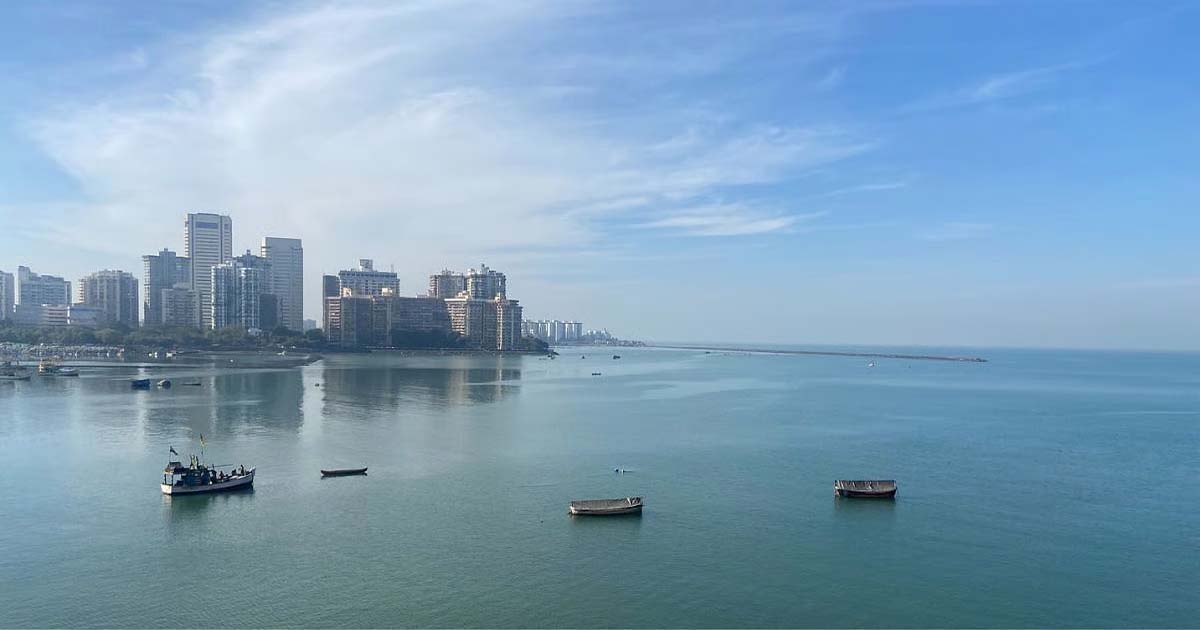
WETHER
Mumbai’s air quality deteriorated to the unhealthy category on Friday morning, even as the city witnessed clear and sunny weather, according to real-time air quality monitoring data updated at 8.30 am. As per aqi.in, the Air Quality Index (AQI) stood at 183, placing it well within the unhealthy range and raising concerns for vulnerable groups across the city.
Data showed PM2.5 levels at 100 micrograms per cubic metre and PM10 levels at 130 micrograms, both well above safe limits prescribed by health authorities. Elevated particulate matter is known to penetrate deep into the lungs, posing serious health risks, especially to children, the elderly and those with respiratory or cardiac conditions.
Other pollutants, including carbon monoxide at 266 parts per billion, nitrogen dioxide at 16 ppb, ozone at 14 ppb and sulphur dioxide at 7 ppb, remained within controlled limits. However, high particulate matter alone is sufficient to cause breathing discomfort and eye irritation.
The city recorded a temperature of 26 to 27 degrees Celsius, with humidity around 54 per cent and wind speed at nearly 16 kmph. While the weather remained pleasant with no rainfall forecast, the atmospheric conditions failed to prevent the accumulation of fine dust particles in the lower air layers.
The seven-day outlook shows maximum temperatures ranging between 28 and 31 degrees Celsius, with clear skies continuing through the week. Despite the sunshine, pollution levels are expected to remain volatile due to vehicular emissions, construction dust and seasonal factors.
Doctors advise residents to limit prolonged outdoor exposure, especially during morning and late evening hours when pollution concentration tends to be higher. People experiencing coughing, throat irritation or breathlessness are urged to seek medical attention immediately. Use of masks, air purifiers indoors and adequate hydration has been strongly recommended.
Environmental groups have once again urged civic authorities to intensify road dust control, monitor construction activity strictly and regulate traffic emissions. Citizens are also being encouraged to use public transport and avoid unnecessary vehicular travel during peak hours.
With winter setting in, experts warn that Mumbai may witness more frequent unhealthy air days unless immediate mitigation steps are implemented.
Maharashtra
Mumbai: Crime Branch raids travel agency… Fraud in the name of sending abroad illegally, police action, case registered
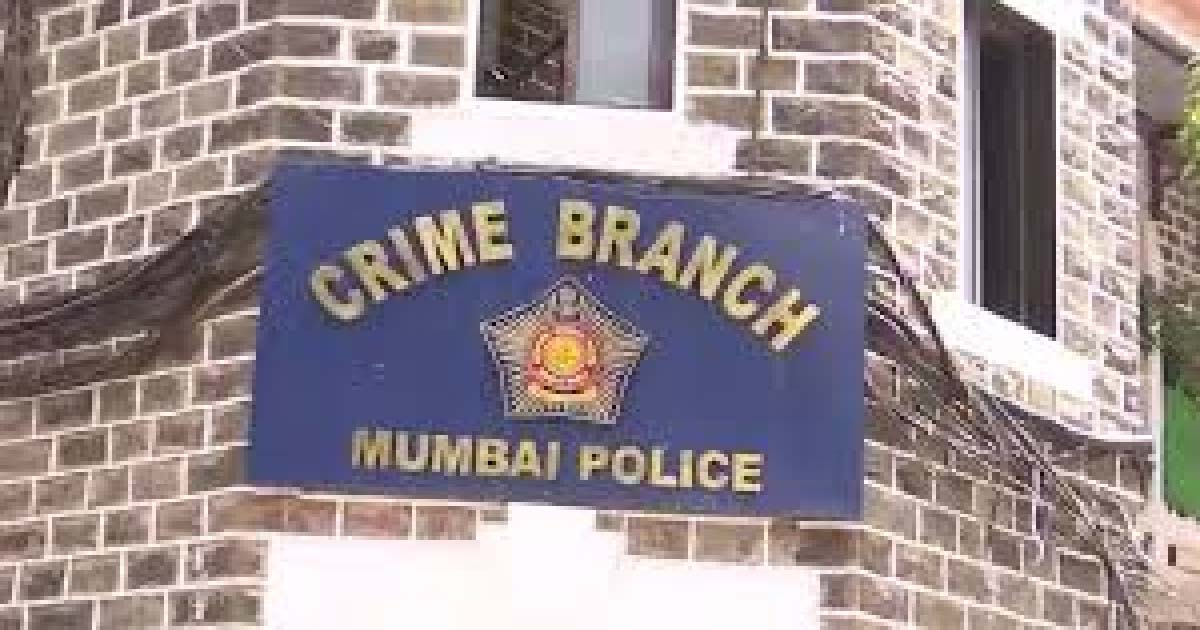
Mumbai: Several travel agencies in Mumbai’s Nagpara area are defrauding people under the guise of sending them abroad. Such a complaint was received by the Mumbai Police Crime Branch. These agencies do not have any permission from the Ministry of External Affairs and they charge huge amounts of money from people in the name of sending them abroad for jobs. Under the influence of the Ministry of External Affairs, the Protector of Emigrants, Bandra, in collaboration with the Mumbai Crime Branch unit, conducted a joint operation. A raid was conducted on 9 offices in KD Building, Nagpara, which were working to send them abroad without any permission. A complaint was also received regarding them. 238 passports, several documents, offer letters, visiting cards, letters used for foreign use and other documents were also recovered from their offices. The police have registered a case against them under the Passport Act, including the Immigration Act, in Nagpara. The police are investigating the matter further. This operation was carried out by DCP Raj Tilak Roshan on the instructions of Mumbai Police Commissioner Deven Bharti.
Maharashtra
10 years imprisonment for sexually assaulting a girl at Kasturba police station
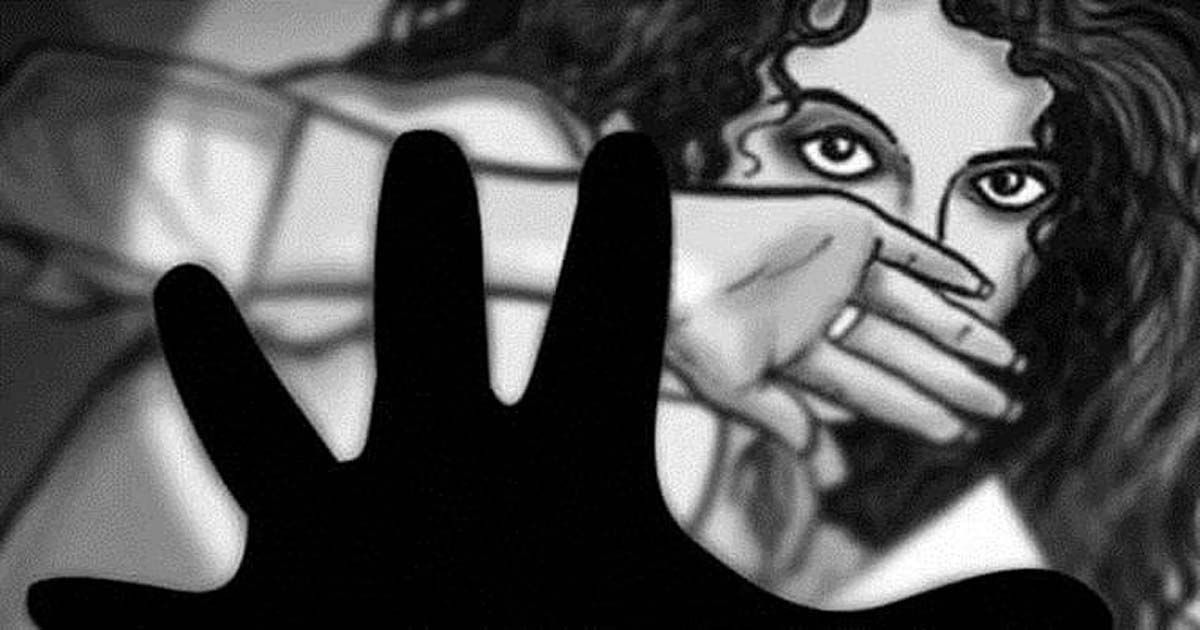
Mumbai: The court has convicted the accused in the case of sexual abuse of a girl under the limits of Kasturba police station. A case of sexual abuse was registered against the accused Naresh Kumar Harish Kumar 44 under the Pisco Act. The accused has been sentenced to 10 years in prison and a fine of Rs 2000, otherwise three months in prison by the Dandoshi court in this case. The accused has been convicted due to the better investigation of this case. Kasturba police had filed a charge sheet in this case after investigation and now the punishment has been given in this case.
-

 Crime3 years ago
Crime3 years agoClass 10 student jumps to death in Jaipur
-

 Maharashtra1 year ago
Maharashtra1 year agoMumbai Local Train Update: Central Railway’s New Timetable Comes Into Effect; Check Full List Of Revised Timings & Stations
-

 Maharashtra1 year ago
Maharashtra1 year agoMumbai To Go Toll-Free Tonight! Maharashtra Govt Announces Complete Toll Waiver For Light Motor Vehicles At All 5 Entry Points Of City
-

 Maharashtra1 year ago
Maharashtra1 year agoFalse photo of Imtiaz Jaleel’s rally, exposing the fooling conspiracy
-

 National News1 year ago
National News1 year agoMinistry of Railways rolls out Special Drive 4.0 with focus on digitisation, cleanliness, inclusiveness and grievance redressal
-

 Maharashtra1 year ago
Maharashtra1 year agoMaharashtra Elections 2024: Mumbai Metro & BEST Services Extended Till Midnight On Voting Day
-

 National News1 year ago
National News1 year agoJ&K: 4 Jawans Killed, 28 Injured After Bus Carrying BSF Personnel For Poll Duty Falls Into Gorge In Budgam; Terrifying Visuals Surface
-

 Crime1 year ago
Crime1 year agoBaba Siddique Murder: Mumbai Police Unable To Get Lawrence Bishnoi Custody Due To Home Ministry Order, Says Report



